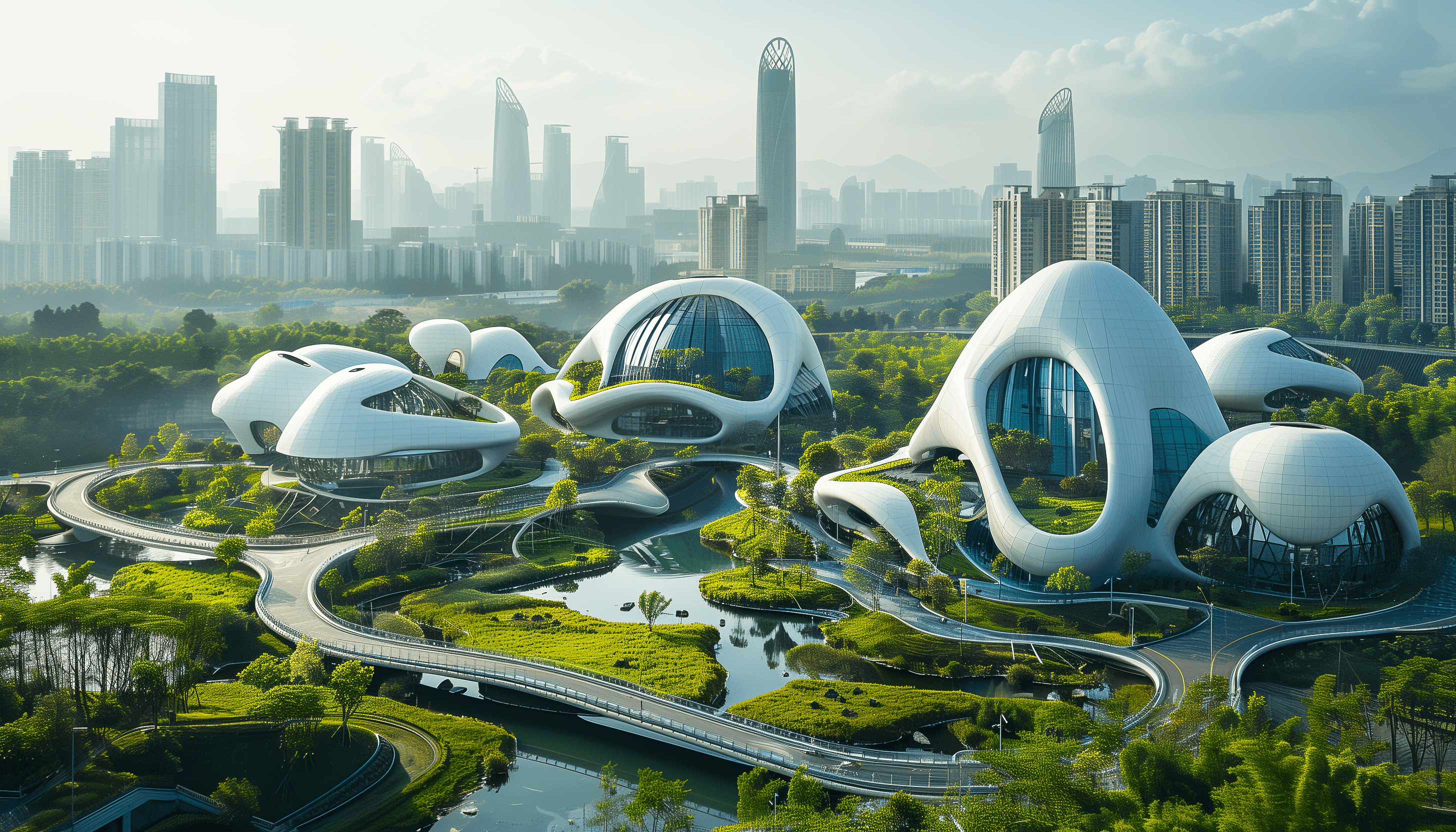With urban populations growing rapidly, cities are reimagining space by expanding upwards. This blog explores the rise of vertical cities and their impact on modern living.
The Concept of Vertical Cities
What It Means:
High-rise developments designed as self-sufficient communities.Example:
A multi-use skyscraper with residences, offices, and green spaces.Why It’s Important:
Maximizes land efficiency and reduces urban sprawl.
Sustainable High-Rises
Overview:
Vertical cities integrate green technology for energy conservation.Key Features:
Wind turbines, vertical gardens, and solar-paneled facades.Case Study:
A skyscraper that generates its own energy through wind and solar power.
Smart Infrastructure in Vertical Cities
What’s Trending:
AI-powered elevators, drone delivery systems, and automated transport networks.Example:
A smart city district where drones handle package deliveries and waste disposal.Impact:
Improves efficiency and reduces carbon footprint.
The Future of Urban Living
What’s Next:
Sky bridges connecting towers, floating residential pods, and AI-driven urban planning.Example:
A futuristic city concept featuring interconnected high-rise communities.Why It Matters:
Offers a sustainable solution to population growth while improving quality of life.





